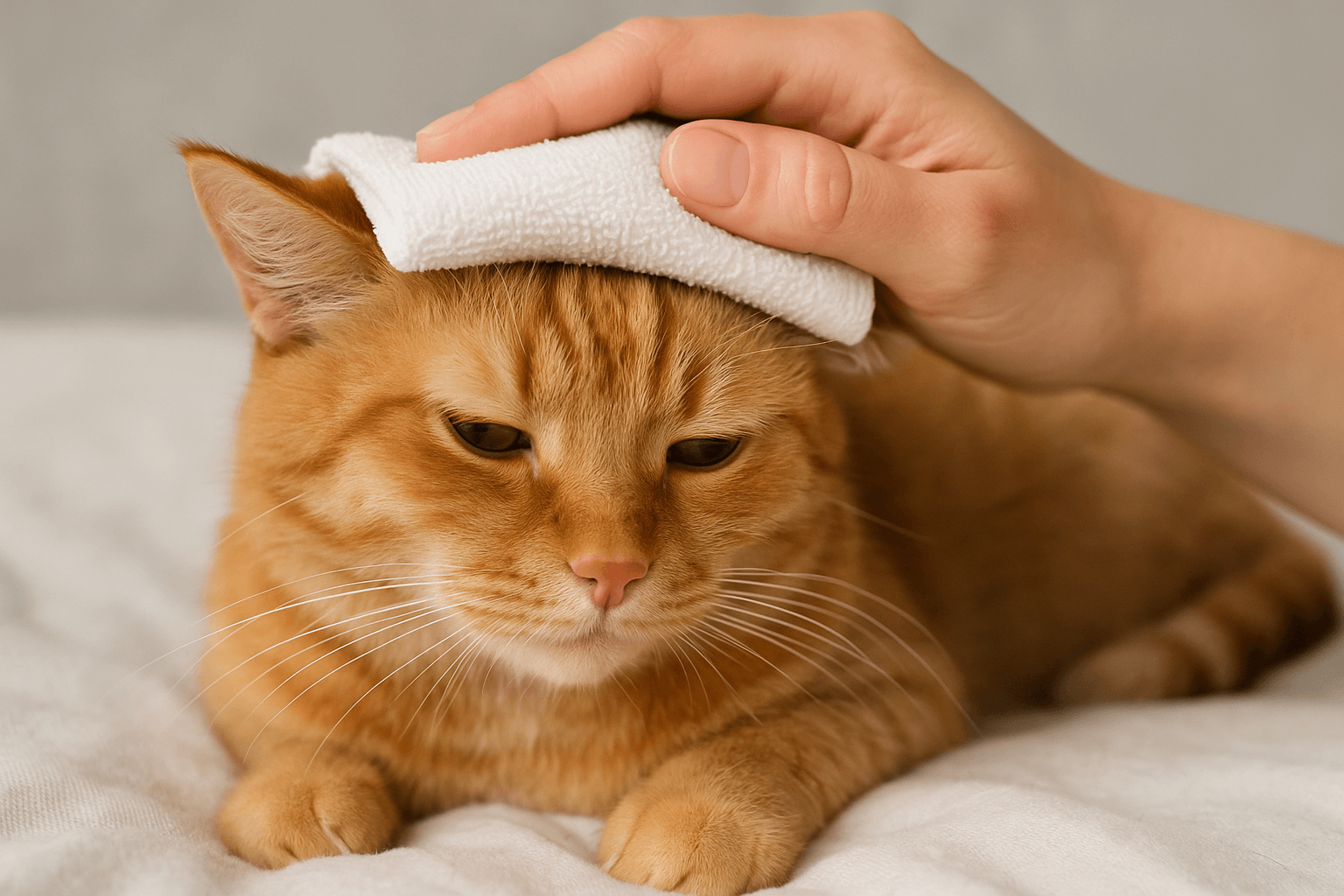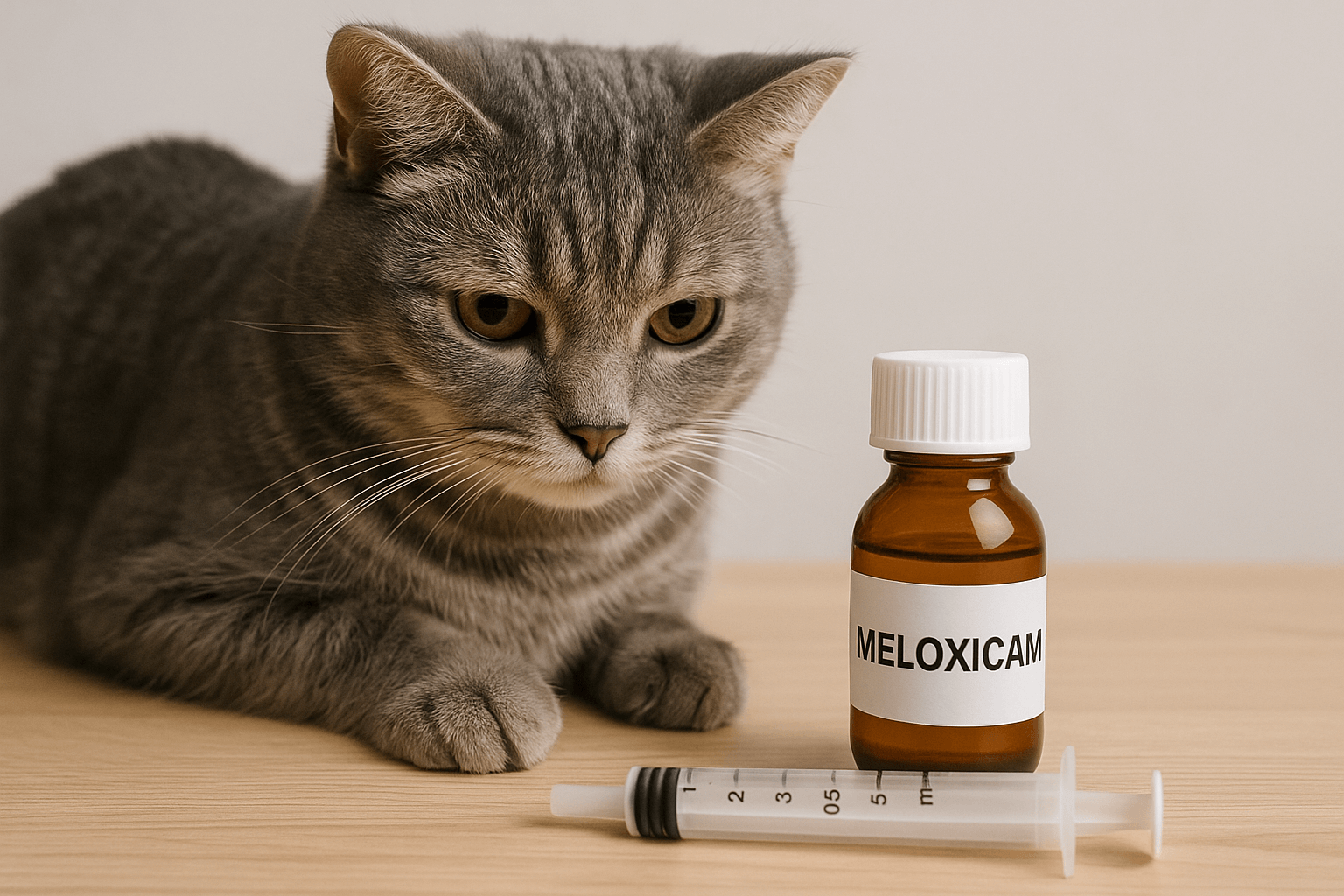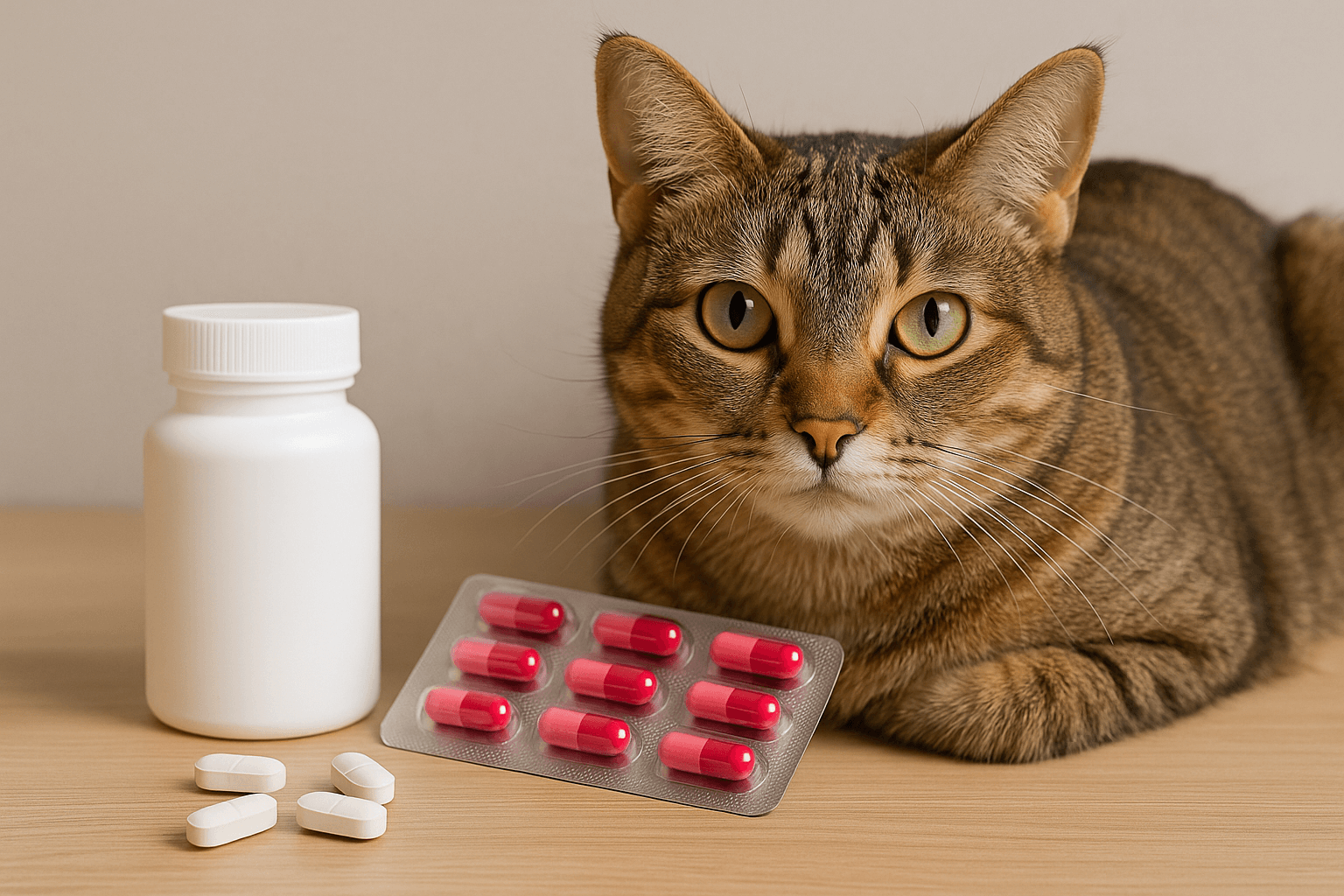Can Dogs Eat Pepperoni? What You Need to Know
When it comes to sharing food with our furry friends, many pet owners find themselves wondering what’s safe and what’s not. One common question that often arises is whether dogs can eat pepperoni. While this spicy, flavorful cured meat might be a favorite snack for humans, it’s essential to consider its impact on your dog’s health before offering them a slice. Understanding the risks and benefits of feeding certain foods to your dog ensures their well-being and helps avoid potential health issues down the line.
What Exactly Is Pepperoni? A Closer Look
Pepperoni is a type of cured sausage widely used in pizzas, sandwiches, and snacks. To determine whether it’s suitable for dogs, let’s break down its composition:
High Sodium Content : Pepperoni is packed with salt, which is used to preserve the meat and enhance its flavor.
Spices and Seasonings : It contains various spices like garlic and paprika, which may not be ideal for dogs.
Processed Ingredients : Pepperoni is highly processed, often including additives and preservatives.
Fat Content : This meat is rich in fat, which can pose digestive challenges for dogs.
Protein Source : Despite its drawbacks, pepperoni does contain protein, an essential nutrient for dogs.
While pepperoni might seem appealing due to its protein content, its other components make it less than ideal as a treat for your canine companion. Moderation and awareness are key when considering any human food for your pet.
Potential Risks of Feeding Pepperoni to Dogs
Feeding pepperoni to dogs can lead to several health concerns. Here’s a breakdown of why caution is necessary:
Salt Toxicity : High sodium levels can cause dehydration or even salt poisoning in severe cases.
Digestive Upset : Spices and fats in pepperoni may upset your dog’s stomach, leading to vomiting or diarrhea.
Allergic Reactions : Some dogs may be sensitive to specific seasonings or additives found in pepperoni.
Pancreatitis Risk : The high fat content increases the risk of pancreatitis, a serious condition in dogs.
Weight Gain : Regular consumption of calorie-dense foods like pepperoni can contribute to obesity over time.
While a small piece of pepperoni might not harm your dog immediately, repeated exposure could lead to long-term health issues. Always prioritize your pet’s dietary needs over indulgence.
Check this guide 👉Can Dogs Eat Pizza? Best 7 Health Tips!
Check this guide 👉Can Dogs Eat Dates? Best 7 Health Tips!
Check this guide 👉Can Dogs Eat Kiwi? Best 7 Expert Tips!

Health Risks of Pepperoni | Alternative Dog-Friendly Treats |
|---|---|
High sodium levels | Cooked chicken (unseasoned) |
Spices causing digestive upset | Carrot sticks |
Potential for allergic reactions | Blueberries |
Increased risk of pancreatitis | Plain yogurt |
Contribution to weight gain | Green beans |
Signs Your Dog May Have Eaten Too Much Pepperoni
If your dog accidentally consumes pepperoni or similar processed meats, watch out for these warning signs:
Excessive Thirst : A sudden increase in water consumption could indicate salt toxicity.
Vomiting or Diarrhea : These symptoms suggest digestive distress caused by spices or fats.
Lethargy : Unusual tiredness might signal discomfort or illness after eating pepperoni.
Abdominal Pain : Signs of pain include whimpering, pacing, or reluctance to move.
Loss of Appetite : Refusal to eat meals could point to nausea or another issue.
If you notice any of these symptoms, contact your veterinarian promptly. Early intervention can prevent complications and ensure your dog recovers quickly.
How to Safely Introduce New Foods to Your Dog
Before introducing any new food to your dog’s diet, follow these steps to ensure safety:
Consult Your Vet : Always seek professional advice before trying something new.
Start Small : Offer tiny portions to monitor your dog’s reaction.
Observe Behavior : Watch for changes in energy, appetite, or stool consistency.
Avoid Processed Foods : Stick to natural, unprocessed options whenever possible.
Maintain Balance : Ensure treats don’t exceed 10% of your dog’s daily caloric intake.
By taking these precautions, you can minimize risks and provide your dog with a varied yet safe diet. Remember, every dog is unique, so tailor their meals accordingly.
Healthy Snack Options for Dogs
When it comes to treating your dog, there are plenty of safe and nutritious options that won’t compromise their health. Here are some dog-friendly snacks you can confidently offer:
Carrots : Low in calories and high in fiber, carrots make a crunchy and satisfying treat.
Apples (without seeds) : Rich in vitamins A and C, apples are a sweet and refreshing choice.
Peanut Butter (xylitol-free) : A small amount of peanut butter can be a tasty reward during training sessions.
Blueberries : These tiny berries are packed with antioxidants and perfect for active pups.
Plain Rice : Easily digestible, rice is an excellent option for dogs with upset stomachs.
With so many wholesome alternatives available, you don’t need to rely on processed meats like pepperoni to keep your dog happy. Always choose treats that align with their dietary needs.
Common Human Foods That Are Toxic to Dogs
While some human foods are safe for dogs, others can be highly toxic. It’s crucial to know which foods to avoid entirely:
Chocolate : Contains theobromine and caffeine, both of which are harmful to dogs.
Grapes and Raisins : Can cause kidney failure even in small amounts.
Onions and Garlic : Damage red blood cells, leading to anemia in severe cases.
Avocado : Contains persin, which can upset a dog’s stomach or worse.
Alcohol : Even small quantities can result in serious poisoning or death.
Understanding these dangers helps prevent accidental poisoning and ensures your dog stays safe around human food. When in doubt, stick to vet-approved snacks.
Tips for Training Without Using Processed Treats
Training your dog doesn’t have to involve unhealthy treats like pepperoni. There are effective ways to motivate your pup while keeping them healthy:
Verbal Praise : A cheerful “good boy” or “good girl” goes a long way in reinforcing positive behavior.
Playtime Rewards : Use toys or short play sessions as a reward instead of food-based incentives.
Portion-Controlled Kibble : Use pieces of your dog’s regular kibble as low-calorie training treats.
Homemade Treats : Bake simple, dog-safe cookies using ingredients like pumpkin and oats.
Clicker Training : Combine a clicker with rewards to create a strong association with desired behaviors.
By incorporating these methods, you can maintain your dog’s health and still achieve great results during training sessions. Remember, consistency and creativity are key!
Frequently Asked Questions About Dogs and Pepperoni
Can I give my dog a small piece of pepperoni occasionally?
While a tiny piece once in a blue moon likely won’t harm most dogs, it’s best avoided altogether due to its high sodium and fat content.
Why is salt bad for dogs?
Excessive salt can lead to dehydration, kidney problems, and even salt poisoning, which requires immediate veterinary care.
Are there any dog-safe sausages?
Yes, some specially formulated sausages made for dogs exist, but always check the label for harmful ingredients.
What should I do if my dog eats a lot of pepperoni?
Monitor for symptoms like vomiting, diarrhea, or lethargy. If they appear, consult your vet right away.
Can puppies eat pepperoni?
No, puppies have more sensitive digestive systems and should never consume processed meats like pepperoni.
Final Thoughts: Prioritize Your Dog’s Health Over Treats
In conclusion, while pepperoni might seem like a tempting snack to share with your dog, it’s better left off their menu. The combination of high sodium, spices, and fats makes it unsuitable for regular consumption. Instead, opt for healthier, dog-friendly alternatives that support their overall well-being. By being mindful of what you feed your furry friend, you’re ensuring they live a happy, healthy life free from unnecessary health risks. After all, nothing beats the joy of seeing your loyal companion thrive under your care!
Cat Fever Treatment: Best 7 Expert Tips! Discover expert advice on identifying, managing, and treating fever in cats to ensure their quick recovery and well-being.
Understanding Meloxicam for Cats: Best 7 Expert Tips! Learn how to safely administer meloxicam, manage side effects, and ensure your cat's comfort with expert advice on feline pain relief.
Amoxicillin for Cat UTI: Best 7 Expert Tips! Discover safe usage, dosage guidelines, and expert advice on treating feline urinary tract infections effectively with amoxicillin.
Understanding Cat Cancer Treatment: Best 7 Expert Tips! Discover expert advice on managing feline cancer, from early detection to treatment options, ensuring your cat’s health and comfort.





